
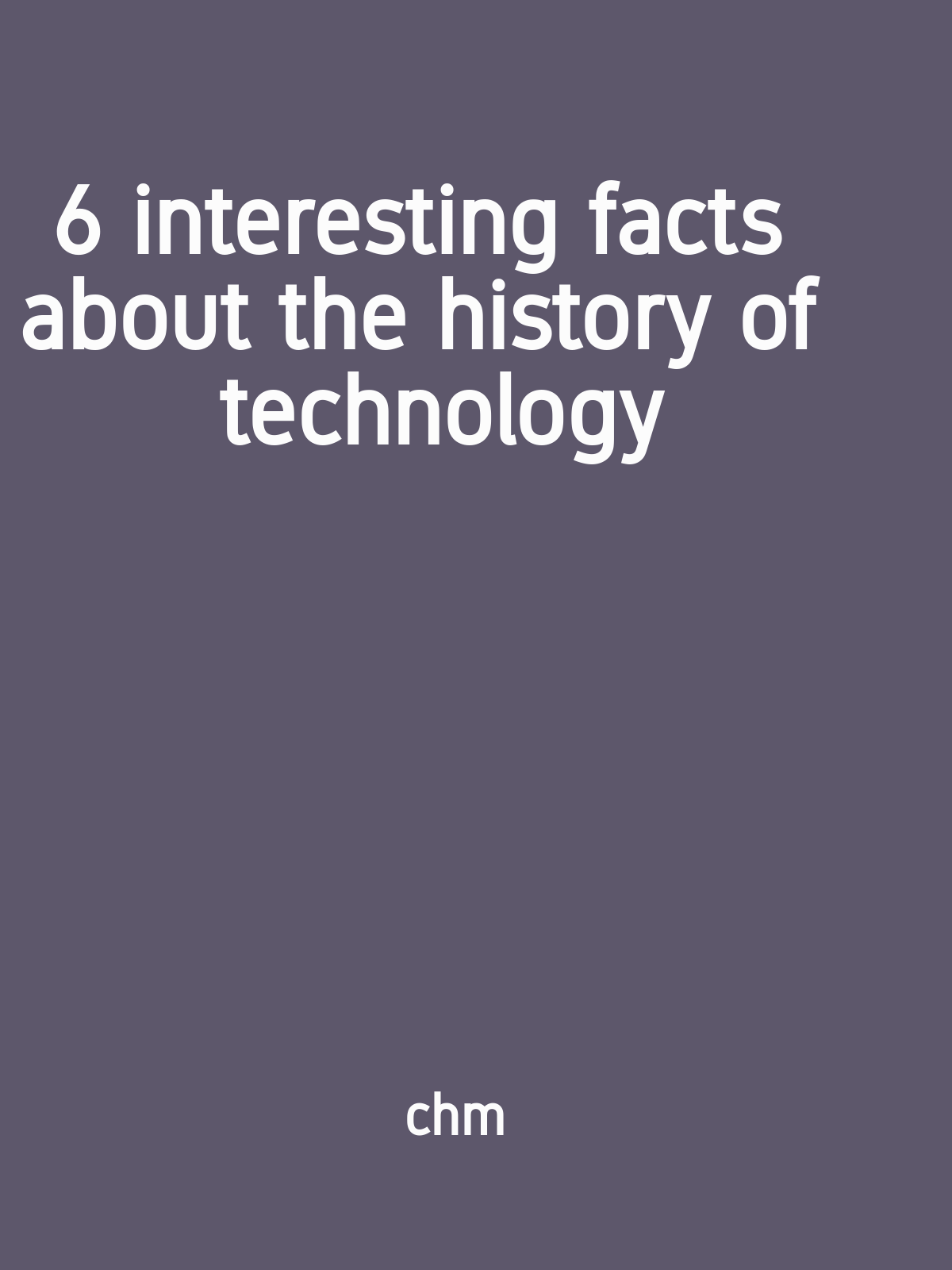
1. The word "robot" was first used in a play by Czech writer Karel Čapek in 1921. 2. The first digital computer was created in 1941 by British mathematician Alan Turing. 3. The first "smartphone" was invented in 1992 by IBM. 4. The first website was created in 1991 by Tim Berners-Lee. 5 . The first online transaction was made in 1994 by Pizza Hut. 6. The first online chat room was created in 1997 by AOL.
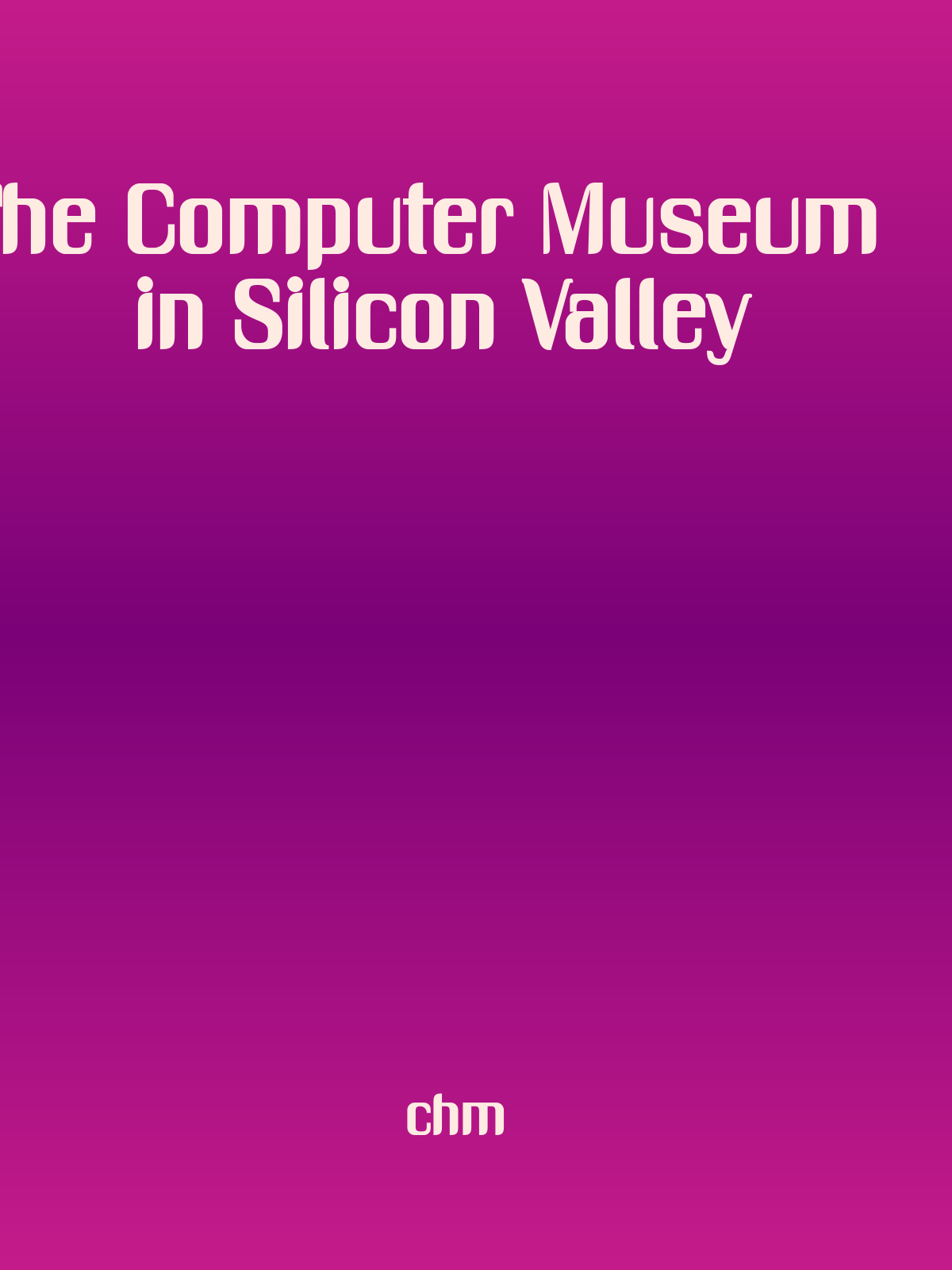
The Computer Museum in Silicon Valley is home to some of the world's first computers. These early computers date back to the early 1800s, with the first electronic computer being created in the late 1930s. The first personal computer was created in the early 1970s, with the first Apple computer being created in the late 1970s. The first IBM PC was created in the early 1980s.

The article covers the history and development of telescopes, starting with the first successful telescope built in 1608, through to the largest telescope in the world today. It also covers the different types of telescopes that exist, including those that are used to observe different types of light.
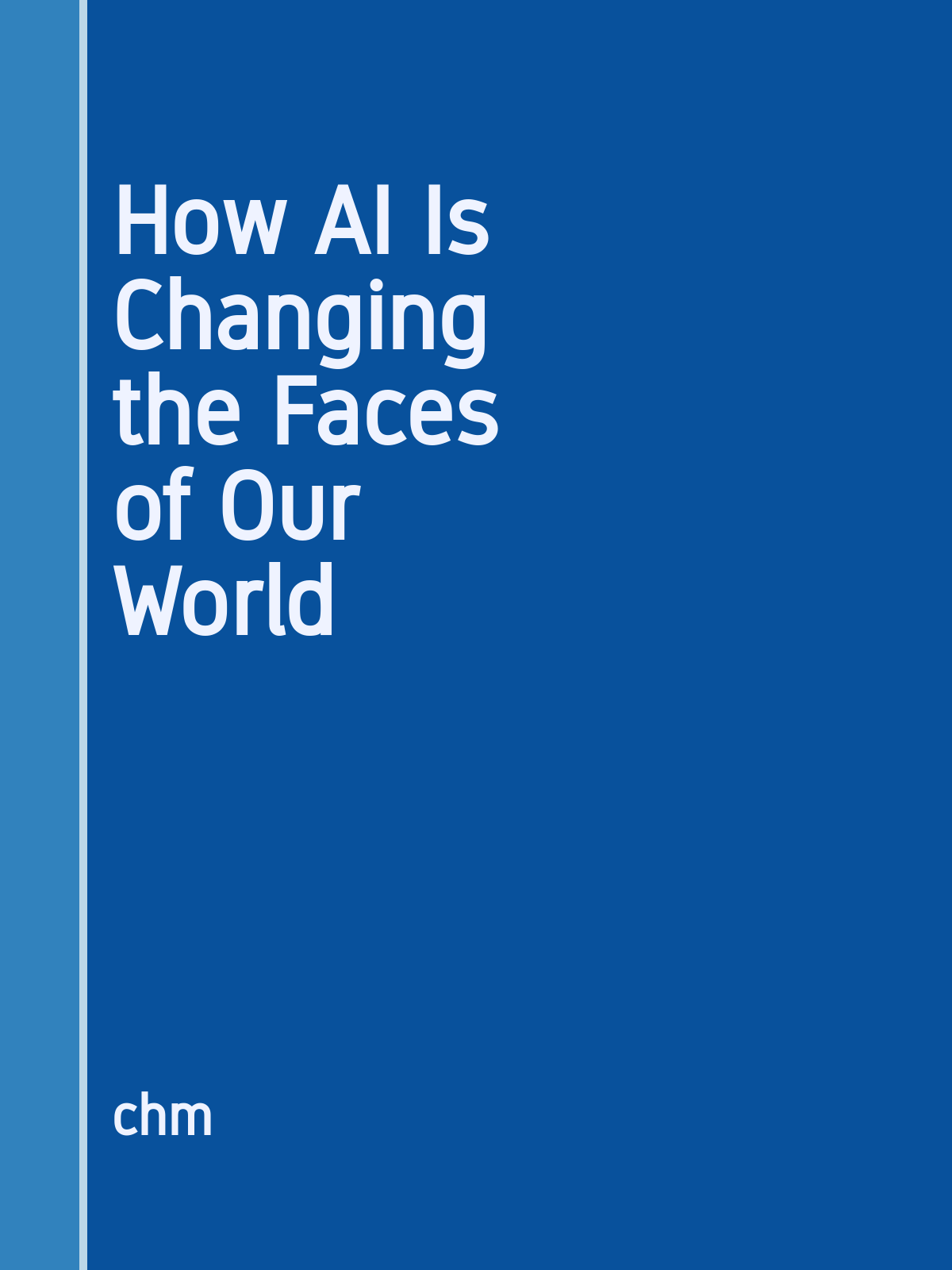
AI is changing the world in many ways, one of which is its increasing ability to create realistic artificial body parts, people, animals, and lifeforms.
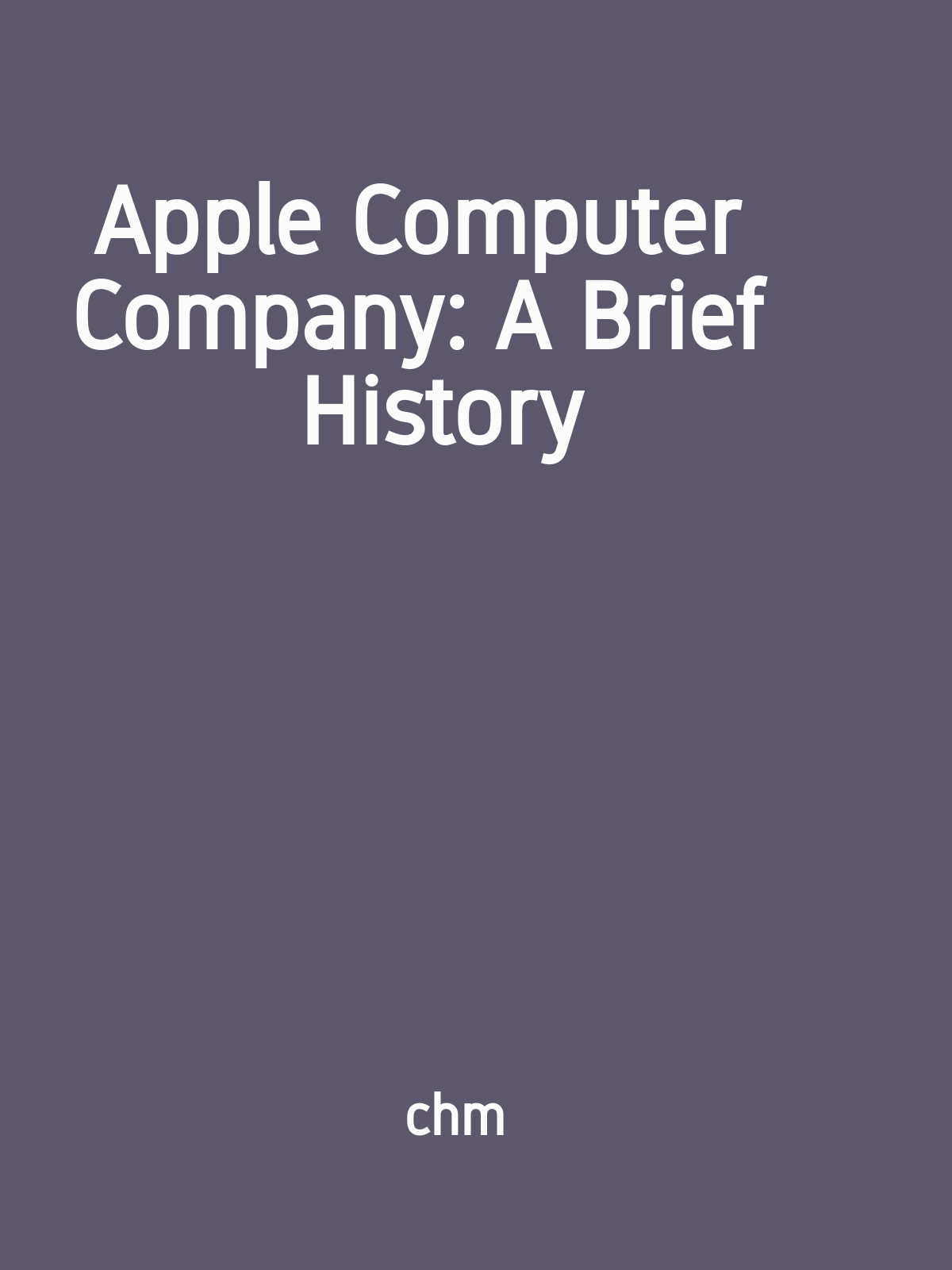
Apple Computer Company was founded in 1976 by Steve Jobs and Steve Wozniak. They designed and built the first Apple computer, the Apple I, in Jobs' garage. The Apple I was sold without a keyboard or monitor for $666.66. Apple computers were used in the development of the first graphical user interface or "GUI". The first Apple Macintosh was released in 1984. It featured the first GUI to be seen on a personal computer. The Apple Macintosh was the first commercially successful personal computer to use a mouse and a desktop metaphor interface.

1. Jeff Bezos is the world's richest man, with a net worth of $90.6 billion. 2. The average person spends 50 minutes a day on Facebook. 3. The iPhone is the most popular smartphone in the world. 4. Google is the most popular search engine in the world. 5. WhatsApp is the most popular messaging app in the world. 6. LinkedIn is the most popular social networking site for professionals.
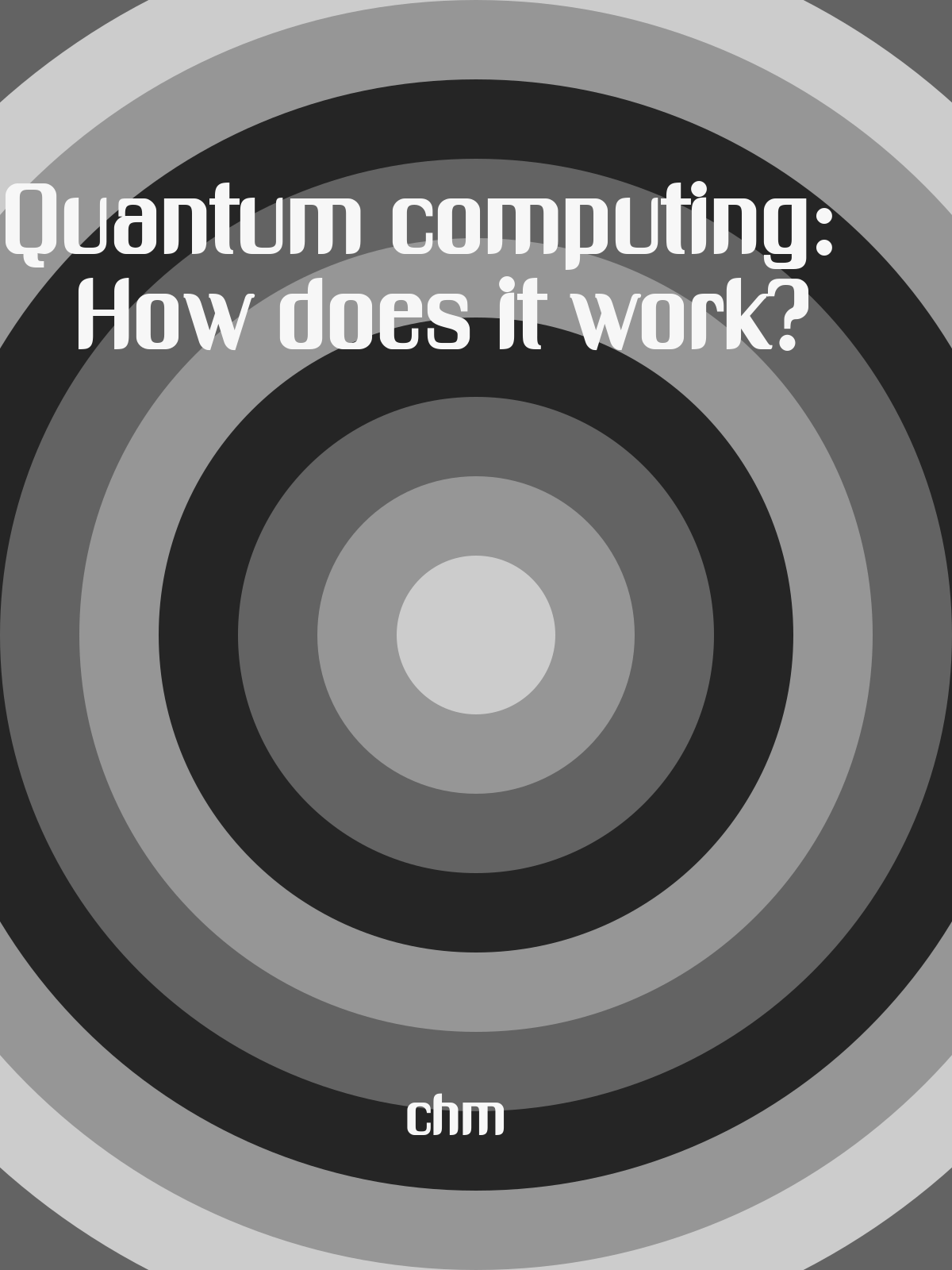
Quantum computers are computers that exploit the fact that a quantum bit (qubit) can represent a zero and a one at the same time. This allows them to solve certain problems much faster than classical computers. Google and Microsoft are both working on quantum computers, which have the potential to revolutionize fields such as machine learning and artificial intelligence.
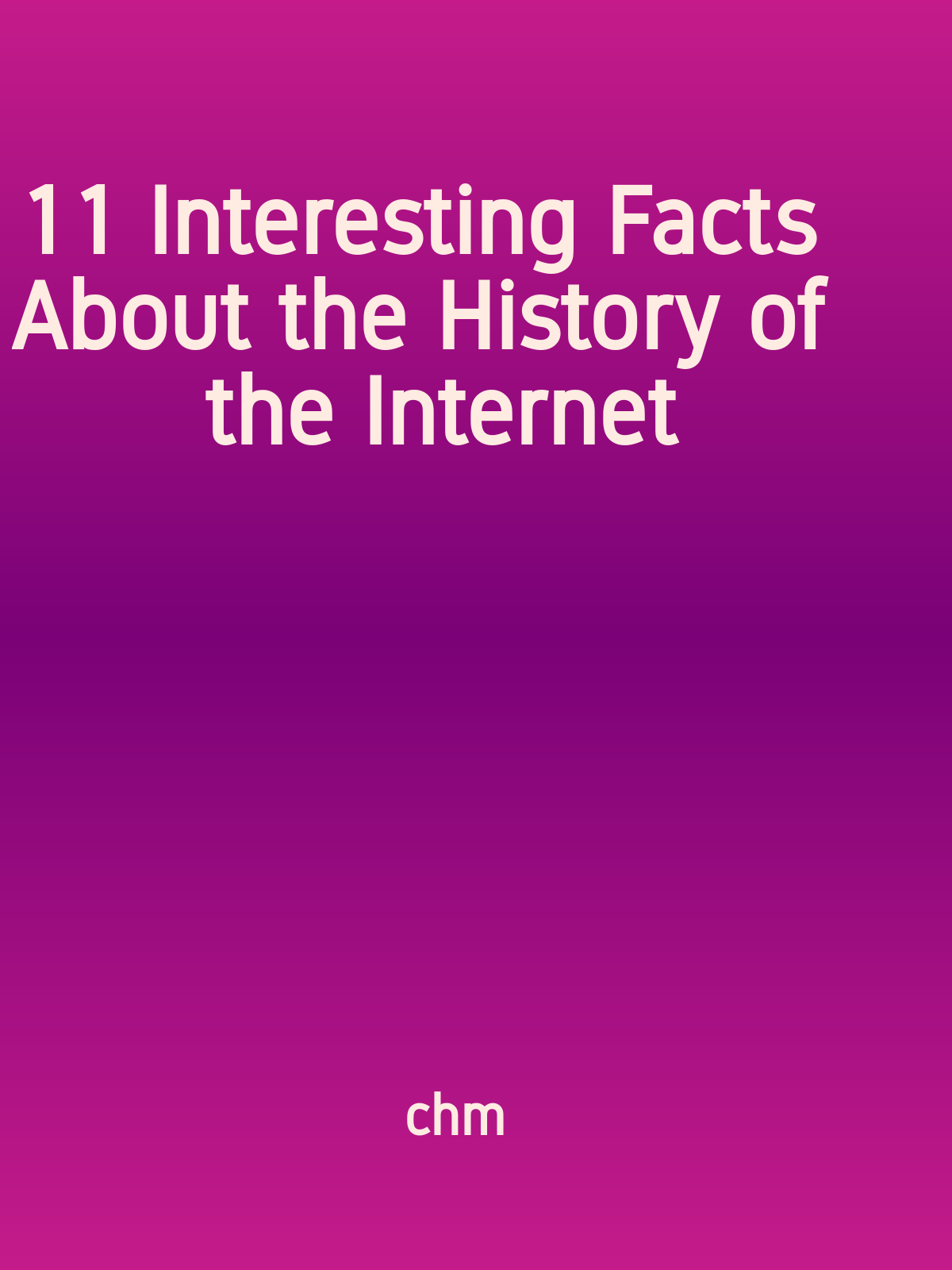
The Internet has a rich history, dating back to the early days of personal computing in the 1970s. Since then, it has undergone rapid development and growth, with major milestones including the creation of the first website, the first search engine, and the first social networking site. Today, the Internet is an indispensable part of our lives, with billions of people around the world using it every day.